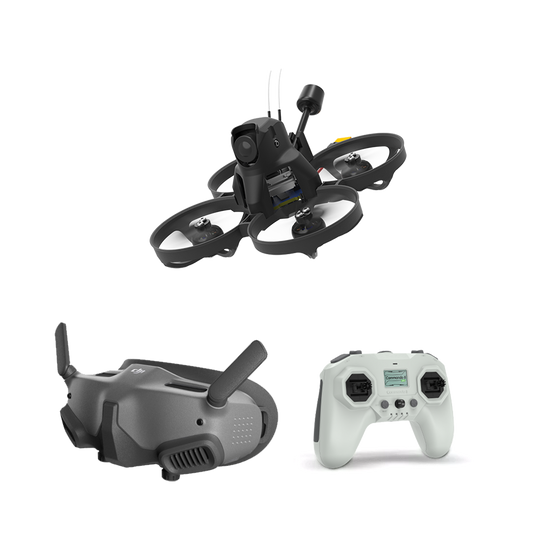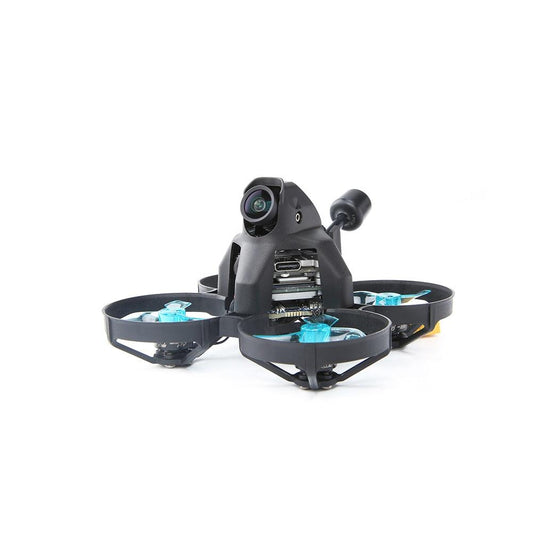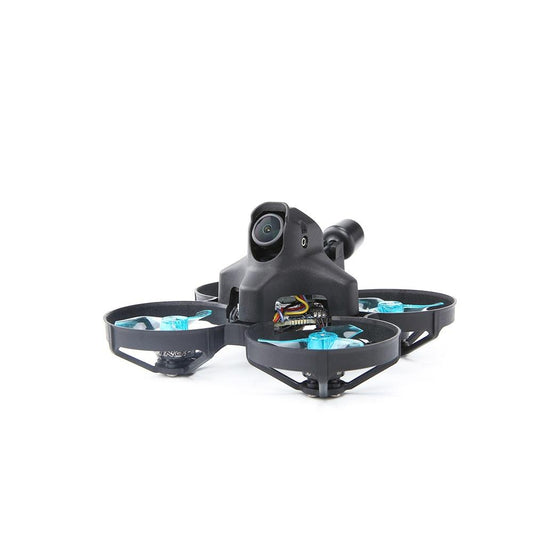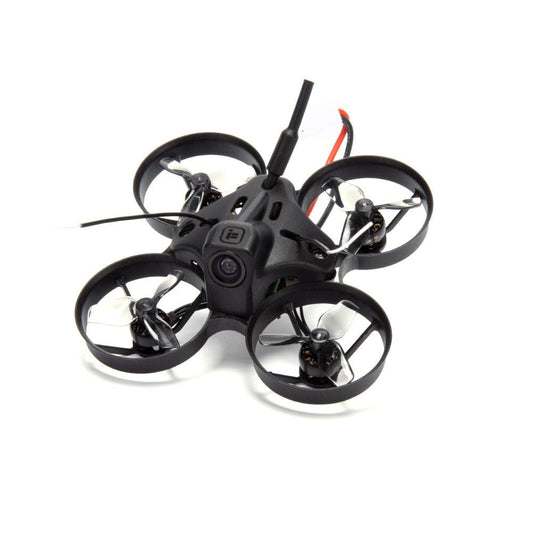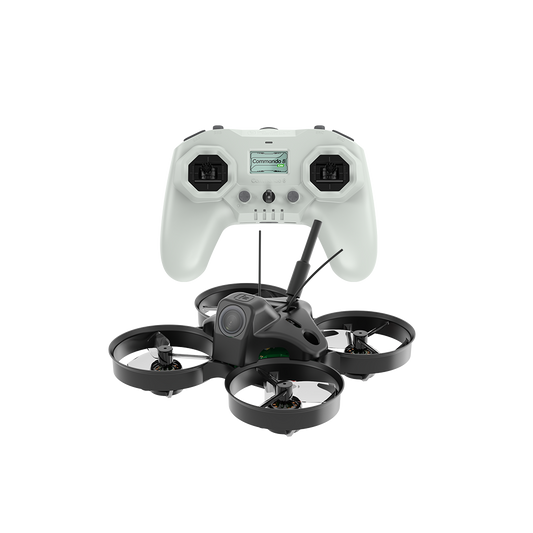Collection: iFlight Tinywhoop FPV Drone
The iFlight Tinywhoop FPV Drone collection features ultra-compact, high-performance drones designed for indoor flying and tight-space freestyle. Models like the Alpha A65, A75, and A85 combine lightweight ducted frames with powerful XING brushless motors, advanced BLITZ or SucceX-D flight controllers, and support for both analog and digital HD systems such as DJI Vista and Polar Nano. With configurations ranging from 1S to 4S, these tinywhoops offer excellent stability, agility, and crash resistance. Ideal for beginners and pros, this lineup includes both BNF and RTF kits—some paired with Commando 8 ELRS radios and DJI Goggles 2 for a complete immersive experience.
